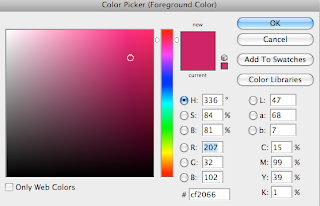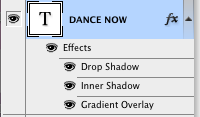Selected Features Analysis
I decided to select this feature as I believe it is essential for a publication, yet it has to be placed in the correct place to allow the magazine to still be successful. I decided to place this, barcode, date and price in the right corner. I believe it is in a place where it cannot be missed and therefore will enable high sales. I, a young person who buys magazines, will always check the price before purchasing and if the price is not easily legible, I will not purchase the publication. The font of the date and price is the same as the font I have used for the cover lines, emphasising the continuous feel. I have used a small text as I did not want it to over control the magazine, yet it still stands out.

This is a feature which I have not commented on in the analysis and annotations of cover. When physically making my front cover on Photoshop, I worked away from my flat plan in areas, and this was one area where this happened. I decided to have the masthead in the corner, popping out visually imitating POP, my chosen genre. I felt there was too much free space in the corner so when looking at existing magazine for further inspiration, I found I could include an ‘exclusive this week only’ this successfully captured viewers attentions as my target audience is a generation who are eager to be up to date. I used a triangle shape, three sides as that equals equality, which is one of many meanings behind my magazine. The way in which 'only' is written in capitals adds emphasis in encouraging users to purchase my magazine, the explanation mark, works in the same way. I think this is an eye-catching feature, as it allows my magazine to stand out, differing from existing magazines which will therefore increase sales showing my music magazine is successful!

As stated previously, I have targeted an audience of young people, young people being those who are unlikely to have money, this could be negative as they are therefore less likely to buy magazines with the money they do have, yet I found a way of encouraging them. I looked at myself (as I am in the age group of my target audience) and I discovered I would be attracted to buy publications if free gifts were given away. When people are interested and love music, the majority also love dance, this can be said for the POP genre especially. Because of this, I decided my magazine will be giving away a free CD, this is encouraging users to purchase the magazine. Gifts also encourage audience to continue purchasing and have a greater impact on them subscribing to a readership. I have used an interesting, unique image of a celebrity dancing which will also encourage my target audience into buying my music magazine.
My favourite feature
Adheres constituency successfully & targets my audience further...


When making the magazine, I firstly created the gradient overlay effect on the writing, I was really happy with this aspect and felt it successfully visualised my target audience. By this, I mean the way it changes from dark to light, shows a variety, which then imitates how although my magazine genre is only pop, it still appeals to a diverse stereotype. Because of this positive aspect, I went on to think of ways I could continue constituency in my music magazine by creating more diverse features and not only using gradient overlay. I tried to work with different colour fonts, overlapping one and other but this did not work as successfully as I thought. During this, I came up with the idea of making my ‘top selling magazine’ stamp with different colour circles, gradient from dark to light. This had the same diverse feel as the gradient overlay, yet it added more effect. Not only did it appeal because of the different colours used, it also imitated diversity of my target audience by smaller circles, meaning my magazine has the audience of anyone, any size. Furthermore, a positive impact would be the drop shadow behind ‘top’, not only does this emphasis the diversity in my audience, it shows society and how despite stereotypes and rejections, we are all the same.
One negative aspect is the connection between two features and the meaning behind these do not stand out. Despite this, users of magazine who feel rejected by existing magazines who use mainly males or white ethnicity, they will be attracted and see the meaning behind my gradient overlay, sizing feature and notice that my magazine has been designed and made to appeal to everyone!














































